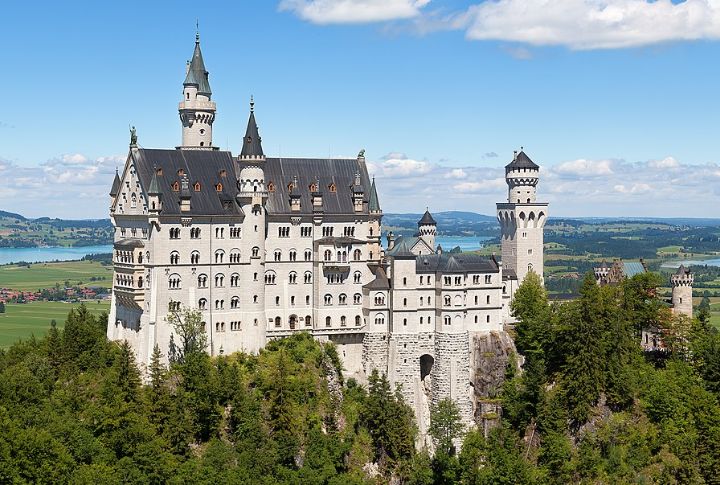
Houses aren’t just buildings; they represent the history, culture, and people who lived in them. It is interesting to note that some homes have become famous for their architecture, others for their residents, and some for both. Let’s take a whirlwind tour of 15 residences that have captured the world’s imagination.
Buckingham Palace, London
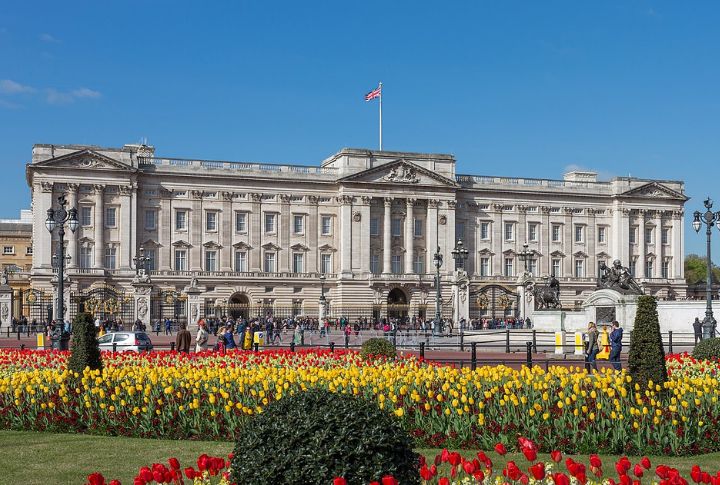
The official residence of British monarchs since 1837 houses 775 rooms, including 19 state rooms. Buckingham Palace hosts state events and welcomes thousands of visitors annually. The palace’s balcony is where the royal family often appears during celebrations. While primarily known as an administrative center, it also functions as a family home.
The White House, Washington D.C.
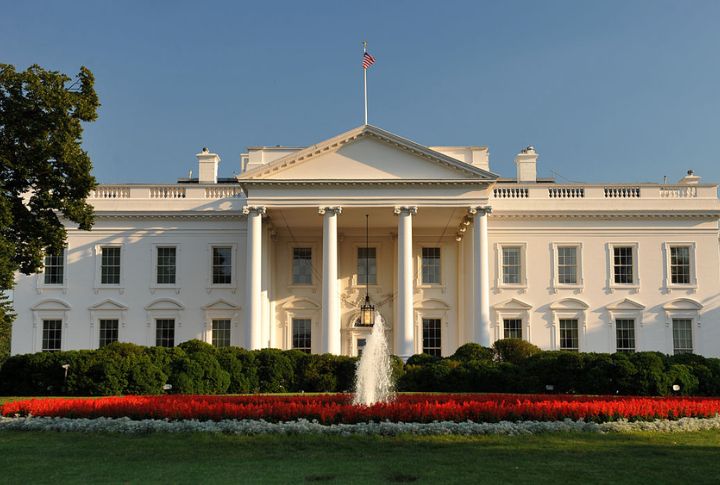
Home to U.S. presidents since 1800, the White House symbolizes American democracy and is a living museum. Despite its high-security status, parts of it are open for public tours. It stands out as the People’s House, where all Americans feel a sense of belonging.
Versailles, France
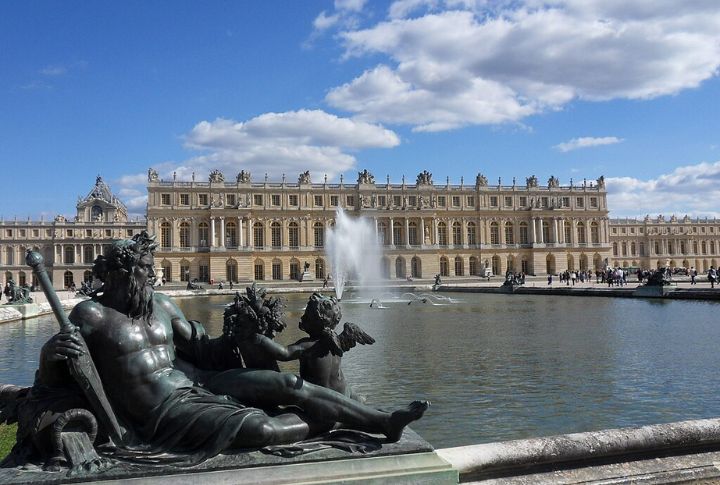
Once home to French royalty, the Palace of Versailles is a monument to luxury. The Hall of Mirrors, sprawling gardens, and intricate decor attract millions of visitors annually. The palace played a vital role in French history and hosted significant political events. Now, it has collections of beautiful paintings from the 16th to 19th centuries.
Hearst Castle, California

Media tycoon William Randolph Hearst built this lavish estate. It features a mix of European architectural styles, 165 rooms, and 123 acres of gardens. With its ancient Roman temple facade, the iconic Neptune Pool is a standout feature. The castle is recognized for its luxury, representing Hearst’s wealth and extravagant taste.
The Breakers, Rhode Island
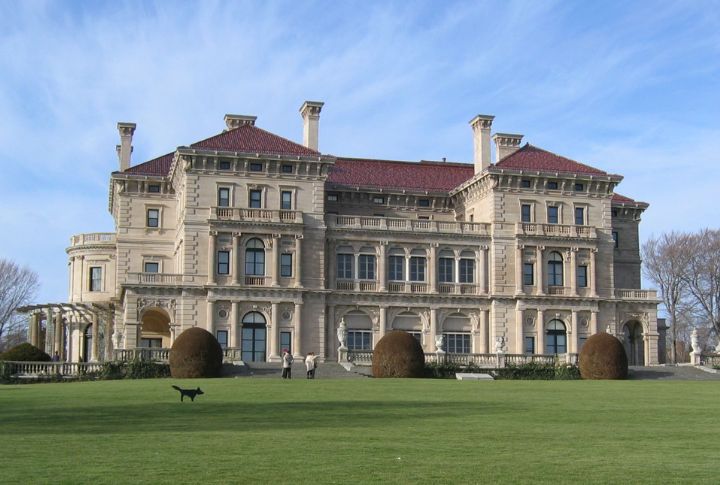
Built as a summer home for the Vanderbilt family, it is a prime example of America’s Gilded Age. Overlooking the Atlantic Ocean, this 70-room mansion showcases exquisite materials worldwide, including rare marble and intricate mosaics. The Breaker goes a long way to reveal the family’s social and financial dominance in America.
Monticello, Virginia
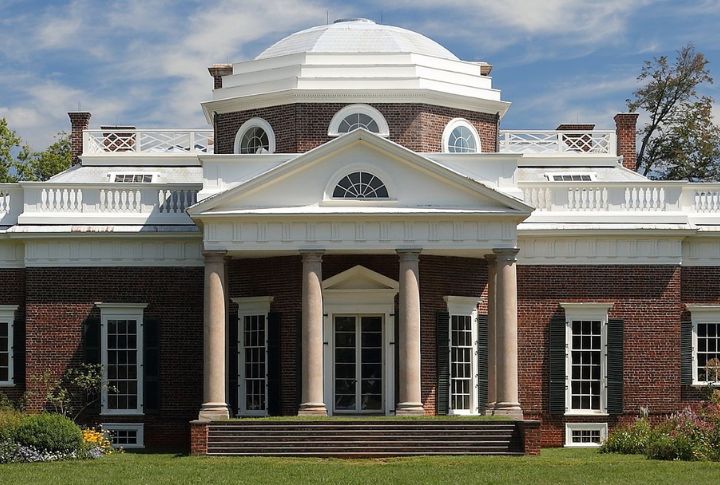
Thomas Jefferson’s home is a reflection of his brilliant mind. He designed it himself, incorporating neoclassical elements and his inventions. The house features a dome room, a revolving serving door, and a weathervane visible from inside. In addition, it is the only private home in the UNESCO World Heritage Site.
Graceland, Tennessee
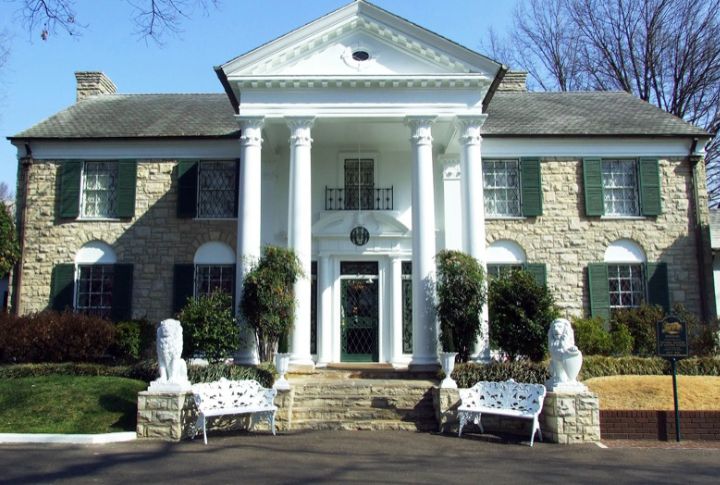
Elvis Presley’s former home is now a pilgrimage site for music fans. The mansion preserves Elvis’s unique style, including the famous Jungle Room. Graceland offers a glimpse into the life of the King of Rock and Roll. From the iconic Jungle Room to Presley’s personal belongings, Graceland provides a captivating experience for history buffs.
Neuschwanstein Castle, Germany
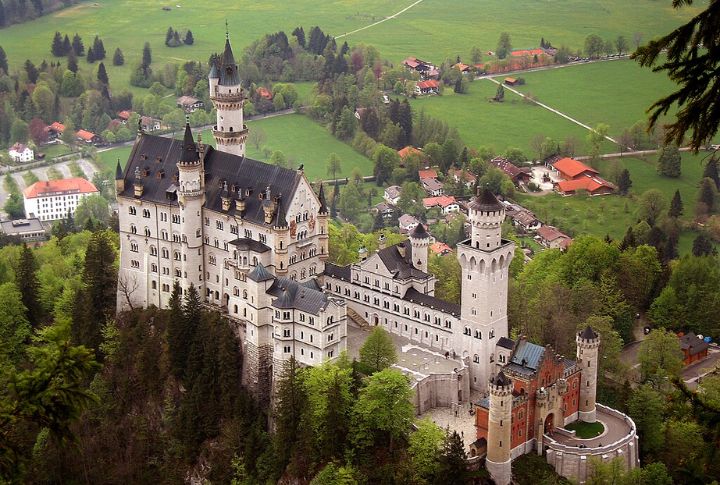
Ludwig II of Bavaria dreamed up this fairytale fortress, which later inspired Walt Disney. However, despite its medieval appearance, this 19th-century creation combines Romanesque, Gothic, and Byzantine styles. Interestingly, the castle boasted modern amenities like central heating and running water. Therefore, millions flock yearly to see its picturesque towers and stunning Alpine setting each year.
The Biltmore Estate, North Carolina
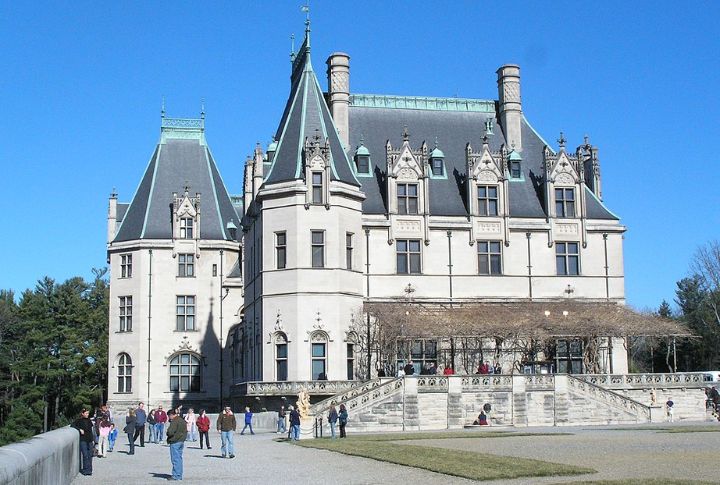
Imagine America’s largest private residence: a sprawling 250-room mansion covering an astonishing 175,000 square feet. That’s the Biltmore, a Gilded Age masterpiece built by George Vanderbilt. World-class architect Frederick Law Olmsted meticulously crafted the estate’s expansive gardens. Today, visitors can journey through the mansion to immerse themselves in this luxurious estate.
Anne Frank House, Amsterdam
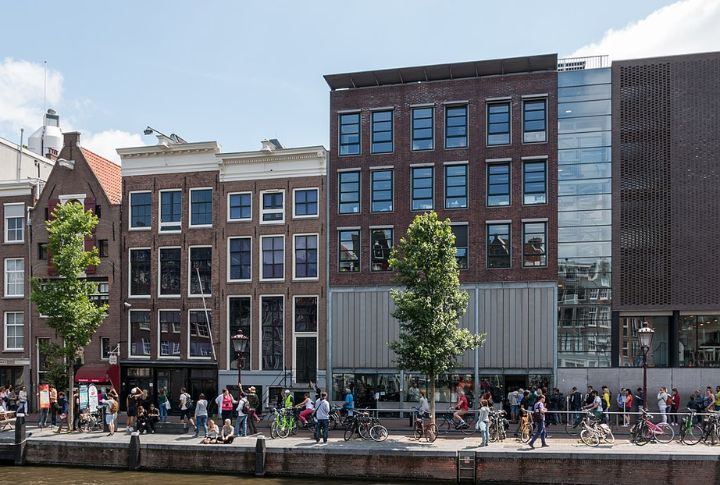
This unassuming canal house hides a powerful story. Here, Anne Frank and her family hid from Nazi persecution during World War II. Her diary, written within these walls, became a global symbol of Holocaust remembrance. Now a museum, it preserves the secret annex and educates visitors about Anne’s life and times.
Taipei 101, Taiwan

Once the world’s tallest building, Taipei 101 still dominates the skyline. Its design cleverly mimics a bamboo stalk, merging modern engineering with traditional Chinese symbolism. Inside, you’ll find offices, shops, and restaurants. The observatory offers breathtaking views of Taipei, while its massive tuned mass damper keeps the skyscraper steady in earthquakes and typhoons.
Casa Batlló, Barcelona
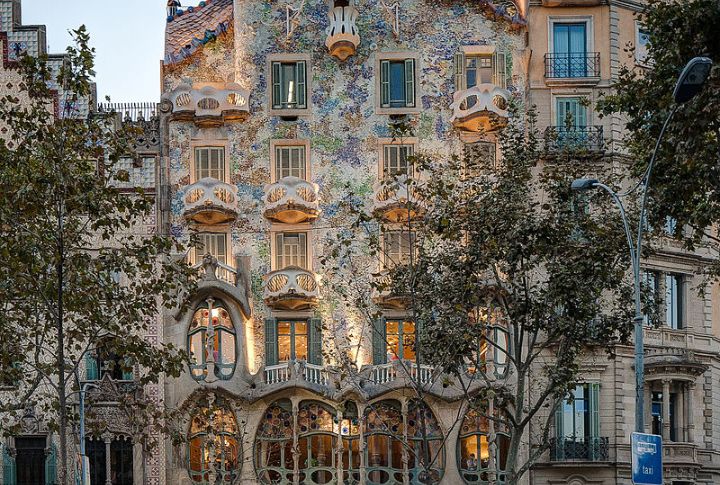
Antoni Gaudí’s architectural fantasy comes to life in Casa Batlló. The building’s façade, adorned with colorful mosaics and mask-like balconies, seems to ripple and move. Inside, there are no straight lines—everything curves and flows. As a result of the building’s skeletal appearance, the locals call it “Casa del osos” (House of Bones).
Highclere Castle, England
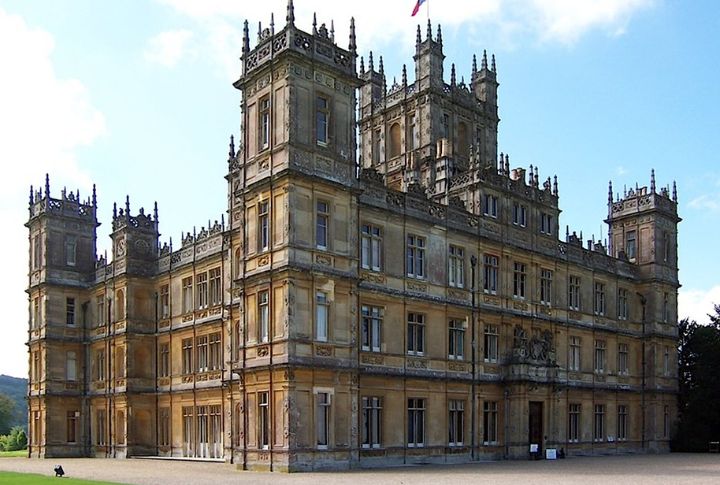
“Downton Abbey” fans will recognize this grand estate instantly. This place was home to the Earls of Carnarvon since 1679, and Highclere Castle opened its doors to visitors after its TV fame. Its Neo-Gothic style, designed by Charles Barry, houses an impressive art collection. The castle’s cellars once stored ancient Egyptian artifacts from the 5th Earl’s expeditions.
Villa Leopolda, French Riviera
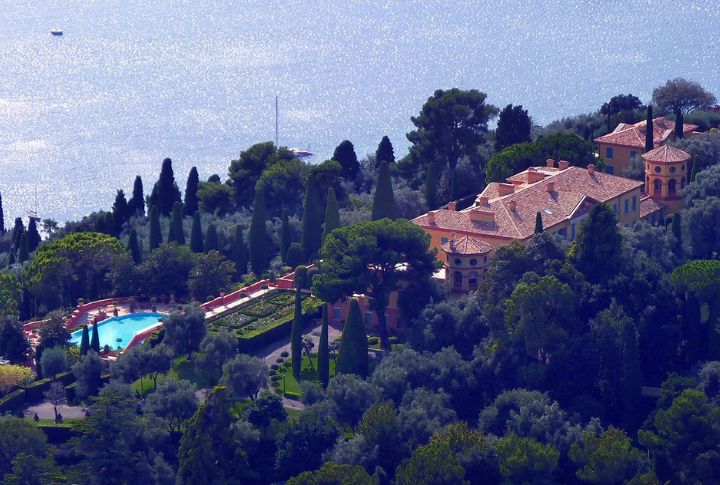
Set on the French Riviera, Villa Leopolda is one of the world’s priciest homes. It was built for Belgium’s King Leopold II but is now owned by Lily Safra. The villa has 11 bedrooms, 14 bathrooms, and lush gardens. A noteworthy detail is that 50 full-time gardeners are dedicated to maintaining its expansive grounds and preserving the beauty of this stunning home year-round.
Fallingwater, Pennsylvania
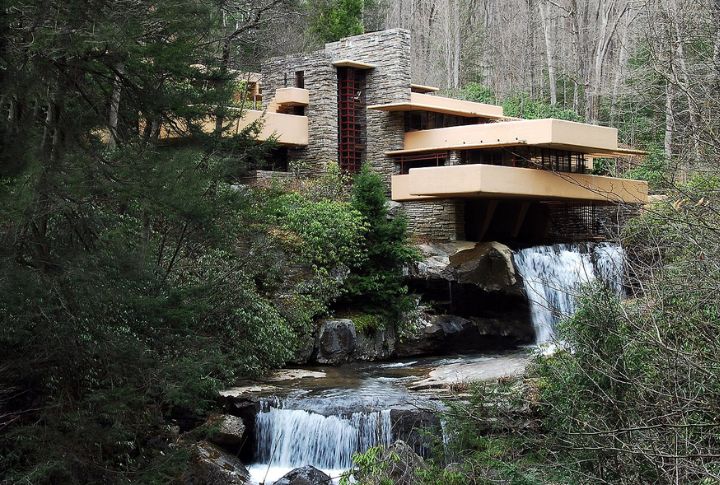
Fallingwater was conceived by Frank Lloyd Wright in 1935. Built over a waterfall, it seamlessly integrates with its natural surroundings. The house’s cantilevered design and use of local materials make it a standout example of organic architecture. Additionally, the house has been named the best of all time in American architecture.

